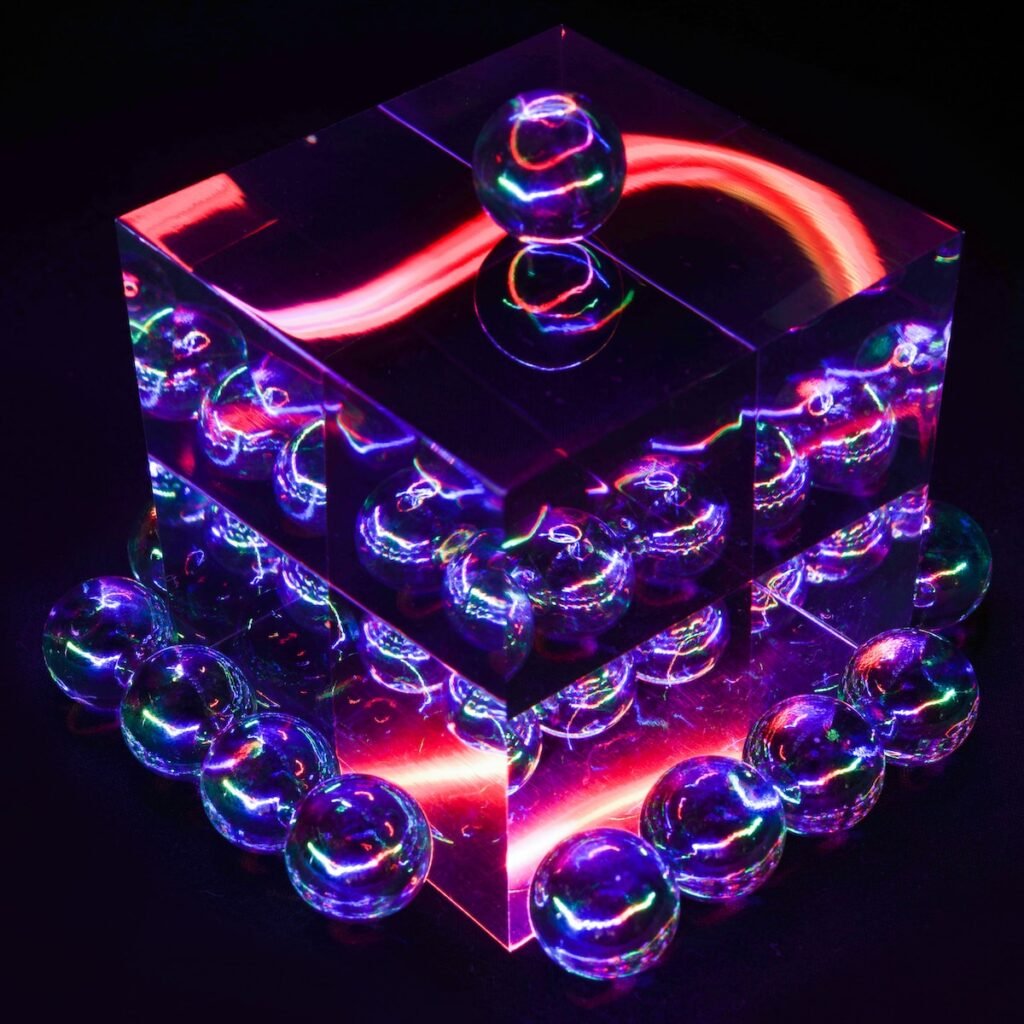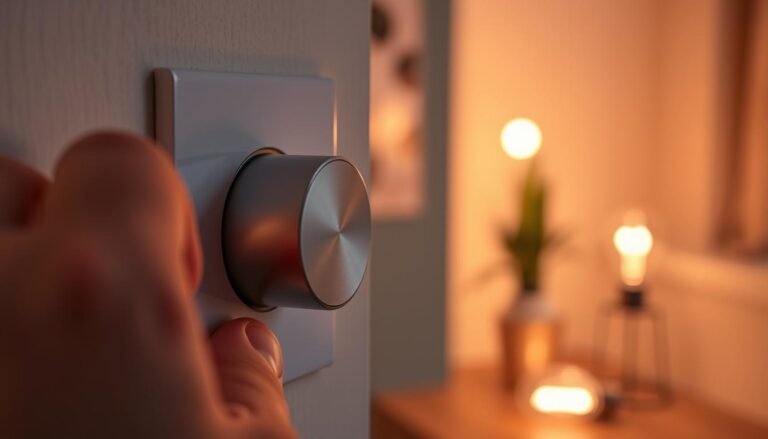Affiliate Disclosure: This post may contain affiliate links. If you make a purchase, we may earn a small commission at no extra cost to you.
LED lighting technologies have revolutionized the lighting industry, offering energy efficiency, cost savings, and longer lifespans compared to traditional lighting options. As the LED market continues to grow, it is crucial to understand the standards and certifications that ensure the quality and safety of LED lighting products.
LED standards and certifications are essential for guaranteeing compliance with safety regulations and industry best practices. In the United States, organizations such as Underwriter Laboratories (UL), American National Standards Institute (ANSI), Design Light Consortium (DLC), and others play a significant role in setting and enforcing these standards.
UL, one of the most well-known names in product safety, establishes safety standards for electronic products, including LED lighting. ANSI oversees standardization activities for various sectors, including solid-state lighting fixtures.
DLC offers certification specifically for commercial LED lighting fixtures based on performance criteria. These certifications provide consumers with peace of mind, knowing that the LED products they purchase meet high-quality standards.

Key Takeaways:
- LED standards and certifications ensure compliance with safety regulations.
- UL, ANSI, and DLC are prominent organizations involved in LED certifications.
- UL certification guarantees the safety and compliance of LED lighting products.
- DLC certification is specifically for commercial LED lighting fixtures.
- LED certifications provide reassurance of quality and performance.
LED Standards: UL Certification and Other Regulatory Bodies
When it comes to LED lighting products, safety and compliance are of utmost importance. That’s where UL certification comes into play. UL, or Underwriter Laboratories, is a renowned organization that conducts rigorous testing to ensure the safety and reliability of electronic products, including LED lights.
LED lighting products can receive different certifications from UL, each signifying a specific level of compliance. The most common certification is UL Listed, which means a product has undergone thorough testing and meets all the applicable safety requirements. A UL Listed LED light is considered safe for use in the market.
In addition to UL Listed, there are other certifications provided by UL. UL Recognition certifies specific components of a product, such as power supplies, to ensure their compliance.
UL Classification indicates that UL has evaluated specific properties of a product, such as its performance in certain environments or under specific conditions.
But UL is not the only regulatory body in the field. There are other organizations that play a crucial role in ensuring the compliance and safety of LED lighting products. One such organization is , a Nationally Recognized Testing Laboratory that uses UL Standards for Safety to test and certify products.
ETL Listing is widely recognized and accepted as proof of compliance with safety standards.
Another important regulatory body is the CSA Group, a global provider of testing, certification, and standards development services. The CSA mark on a product indicates that it has been reviewed and accredited to various standards and is recognized by governmental agencies.
For LED lighting products sold within the European market, the CE marking is required. This marking signifies compliance with safety, health, and environmental standards set by the European Union.
Furthermore, RoHS compliance is necessary to ensure that LED lighting products do not exceed the maximum levels of hazardous substances as per EU standards. RoHS, or Restriction of Hazardous Substances, is a directive designed to reduce the use of hazardous materials in electrical and electronic equipment.
These certifications and marks, including UL Listed, UL Certification, ETL Listing, CSA Group, CE Marking, and RoHS Compliant, provide consumers with the assurance of safety, quality, and compliance when it comes to LED lighting products.
Comparison of Certifications and Regulatory Bodies
| Certification/Mark | Description |
|---|---|
| UL Listed | A product has passed all the necessary tests and meets the applicable safety requirements. |
| UL Recognition | Specific components or materials of a product have been certified for compliance. |
| UL Classification | UL has evaluated specific properties or characteristics of a product. |
| ETL Listing | Products tested and certified by a Nationally Recognized Testing Laboratory using UL Standards for Safety. |
| CSA Mark | Indicates that a product has been reviewed and accredited to various standards by the CSA Group. |
| CE Marking | Required for products sold within the European market, signifying compliance with EU safety, health, and environmental standards. |
| RoHS Compliant | Ensures that products do not exceed the maximum levels of hazardous substances as per EU standards. |
DLC Certification and Other Relevant Standards
When it comes to commercial LED lighting fixtures, the DLC (DesignLights Consortium) certification is highly recommended. DLC evaluates several criteria, including lumen maintenance, color rendering, light distribution, longevity, and warranty duration.
For superior performance, DLC Premium certification sets even stricter requirements for light quality, efficacy, and controllability. By choosing DLC-certified lighting products, you can enjoy the benefits of high efficiency, advanced color performance, reduced glare, and increased controllability.
Another important certification program is Energy Star, which focuses on promoting energy-efficient products, including lighting. Energy Star sets efficiency standards and provides consumers with information about products that meet those standards.

Apart from lighting, Energy Star certification is applicable to various other products such as heating and cooling systems, appliances, and office equipment.
In addition to DLC and Energy Star, there are other relevant standards to consider for lighting efficiency and quality. The Energy Star program, specifically designed for energy-efficient lighting, helps ensure that your lighting choices are both environmentally friendly and cost-effective.
Furthermore, RoHS compliance guarantees the elimination of hazardous substances in electronic and electrical products, resulting in safer and more sustainable lighting solutions.
By adhering to DLC certification, Energy Star standards, and other relevant certifications, you can make informed decisions when it comes to your lighting needs.
These standards and certifications play a vital role in promoting energy-efficient lighting, ensuring lighting efficiency, maintaining high-quality standards, and contributing to environmental sustainability.
FAQ
What are LED standards and certifications?
LED standards and certifications are specific requirements and qualifications that determine the quality, safety, and application of LED lighting products.
Which organizations regulate LED lights in the US?
LED lights in the US are regulated by organizations such as Underwriter Laboratories (UL), American National Standards Institute (ANSI), American Electrical Manufacturers Association (NEMA), Illuminating Engineering Society of North America (IESNA), and Design Light Consortium (DLC).
What is UL certification and why is it important?
UL certification is a highly regarded industry standard that ensures the safety and compliance of LED lighting products. UL conducts rigorous testing to assess the risks of electric shock, overheating, and fire.
What is the difference between UL Listed, UL Recognition, and UL Classification?
UL Listed products have undergone tests to meet the applicable requirements and are deemed safe for the market. UL Recognition certifies specific components of a product, such as power supplies. UL Classification indicates that UL has evaluated specific properties of the product.
What are other regulatory bodies besides UL?
Other regulatory bodies include ETL, a Nationally Recognized Testing Laboratory that uses UL Standards for Safety to test products, and CSA Group, which reviews and accredits products to various standards and is recognized by governmental agencies.
What do the CE mark and RoHS compliance signify?
The CE mark is a certification required for products sold within the European market, indicating compliance with EU safety, health, and environmental standards. RoHS compliance ensures that products do not exceed the maximum levels of hazardous substances as per EU standards.
What is DLC certification and what criteria does it evaluate?
DLC certification is specifically for commercial LED lighting fixtures. DLC evaluates criteria such as lumen maintenance, color rendering, light distribution, longevity, and warranty duration.
What is the difference between DLC certification and DLC Premium?
DLC Premium certification signifies higher performance with stricter requirements for light quality, efficacy, and controllability.
What is Energy Star certification and its role in promoting energy-efficient lighting?
Energy Star is a voluntary labeling program that identifies and promotes energy-efficient products, including lighting. It sets efficiency standards and informs consumers about products that meet those standards.
What is the significance of standards and certifications in ensuring lighting efficiency and quality?
Standards and certifications play a crucial role in ensuring lighting efficiency, quality, and environmental sustainability, providing assurance of safety, performance, and compliance for consumers.
Check out our FREE Calculators on our Resources Page
Source Links
- https://www.thinlightusa.com/understanding-led-lighting-certifications/
- https://www.ledlightingsupply.com/blog/guide-to-led-lighting-standards-testing-and-certifications
- https://www.ledlightexpert.com/led-certification-required




